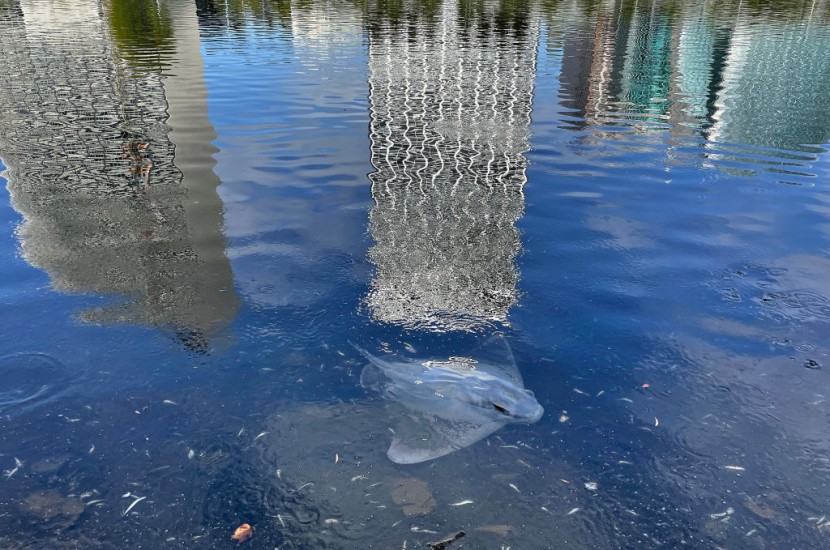
Recent studies of an ancient Jurassic shark fossil revealds it is highly evolved much like modern cartilage fishes. How cartilaginous fish are more involved in their time show changes in their development.
Ancient Jurassic Shark Differs with Modern Day Fishes
The study authors, including palaeobiologist Patrick L. Jambura form the University of Vienna's Department of Palaeontology, say that cartilage fishes in their time are more evolved than presumed. Proof of this is the recently discovered fossil of a shark-like ray Protospinax annectans that evolved in the later Jurassic period, mentioned in My Science.
Included in this family are sharks, rays, and ratfish called cartilaginous fishes that existed for the last 400 million years. It is an older class of animals that are even older than the dinosaurs. The last five mass extinctions have decimated many species now dead but were outlived by cartilaginous fishes, reported Scitech Daily.
However, the fossils only show the teeth of the Jurassic sharks as the body are cartilage, which dissolves faster.
Discovery of skeletons with impressions of skin and muscles of Late Jurassic vertebrates with cartilage fishes too in the Solnhofen archipelago (Konservat Lagerstätte) located in Bavaria in Germany. The conditions there are good enough to preserve these rare fossils.
Scholars were able to look into the evolution of the extinct Protospinax annectans in relation to sharks or rays. It was added with modern genetic evidence to unravel the clues.
Jambura added the ancient shark had the characteristic of modern sharks and rays even if it was alive millions of years ago. The animal was 1.5 meters long, a dorso-ventrally flattened cartilage fish, with wide pectoral fins and a fin spin on each dorsal fin.
Read also : Researchers Discovered the First Animals To Develop Primitive Skeleton About 540 Million Years Ago
How the Protospinax placed in evolution with preserved remains that were first studied in 1918, cited Science Daily.
Is Protospinax the Missing Link of Sharks, Rays?
The study author added that one question is where the fossil lies exactly that could classify it as the missing link to the modern versions today. In the past 25 years, the argument about the Jurassic shark has not been resolved.
For some, the ancient cartilage fish, despite its similarity to modern versions, is a primitive shark that is the ascendant of rays and sharks. Maybe even the Galeomorphii, which the great white shark is part of which is exciting to prove for scientists.
Something is amiss about determining its place in the evolutionary scale
All the latest fossils that Jambura and company can include to make a family tree from extant sharks and rays with genetic information and fossils like Protospinax annectans adding morphological data too.
What they concluded is not expected from the start of the study shocked them. Protospinax is ab evolved ancient shark even at that time neither a missing link nor ray, even a primitive shark.
He added that it turned everything topsy-turvy because the evolutionary concept as the earliest is the most primitive does not apply here. Though evolution is constant for all even the simplest species. By default, the DNA changes constantly and never stops.
This mechanism assures adaptation continues endlessly. Cartilage fish still exist and some died out in evolution like Protospinax which asks why it died out in the first place about 145 million years ago. But rays still thrive up now which is another question.
An archaic Jurassic shark has a clue about differing notions on it highly evolved changes but they still died out nonetheless.
Related article: Ancient Armored Fish Smaller than Bus Reveals New Study
© 2026 HNGN, All rights reserved. Do not reproduce without permission.








